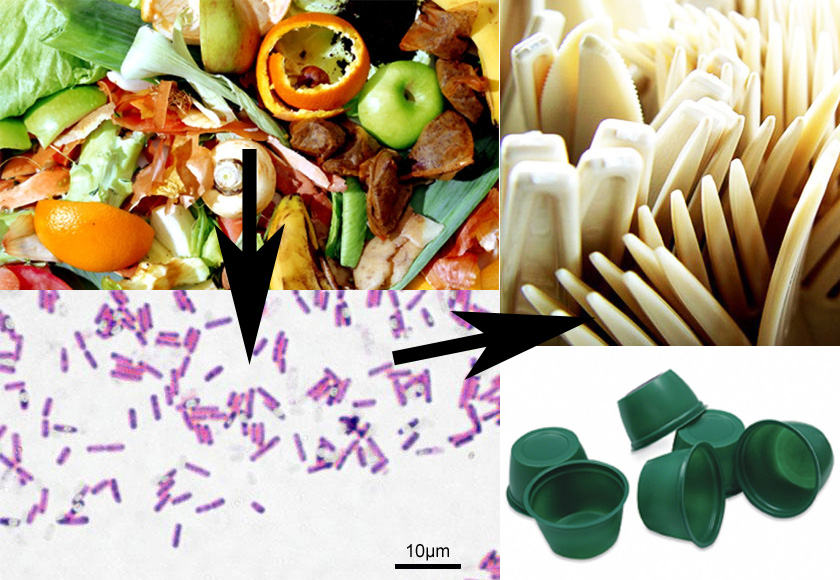PHA’s (Polyhydroxyalkanoates) are fully biodegradable polyester polymers produced in nature by microorganisms, such as bacteria in the fermentation of sugar or lipids from biodegradable matter. They can be used in the production of bioplastics which can be processed on conventional processing equipment for a range of properties and uses. Used products can be used as feedstock to create new PHA.
They are a carbon store, have a low permeability to water and, unlike other bioplastics from polymers such as polylactic acid, are UV stable. Depending on added monomers they can have very different properties; either thermoplastic or elastomeric, with melting points ranging from 40 to 180 °C. The mechanical properties and biocompatibility can also be changed by blending, modifying the surface or combining with other polymers, enzymes and inorganic materials.
Uses
- Industrial films
- Food packaging
- Caps and closures
- Personal care products
- Supply chain assets (e.g. crates)
Potential Uses
- All other plastic uses: toys, electronic goods, vehicle interiors, airline food containers etc.
Processes
To produce PHA, a culture of a micro-organisms such as Cupriavidus necator are placed in a suitable medium and fed appropriate nutrients so that it multiplies rapidly. The nutrient composition is then changed usually to create deficiency conditions which force the micro-organism to synthesize PHA. The yield can be as high as 80% of the organism’s dry weight. Larger scale synthesis can use soil organisms such as certain strains of Bacillus subtilis bacteria, which when lacking nitrogen and phosphorus can produce a kilogram of PHA per three kilograms of sugar.
Californian company Full Cycle Bioplastics has developed a process which breaks down inedible food waste, agricultural by-products and used paper and cardboard into feedstock for bacteria which convert it into PHA. This is dried and processed into a finished resin.
More Information
- https://www.asdreports.com/news-1438/polyhydroxyalkanoate-pha-market-worth-34000-mt-2018
